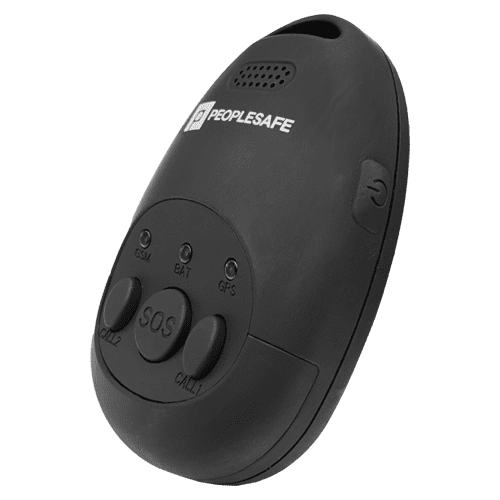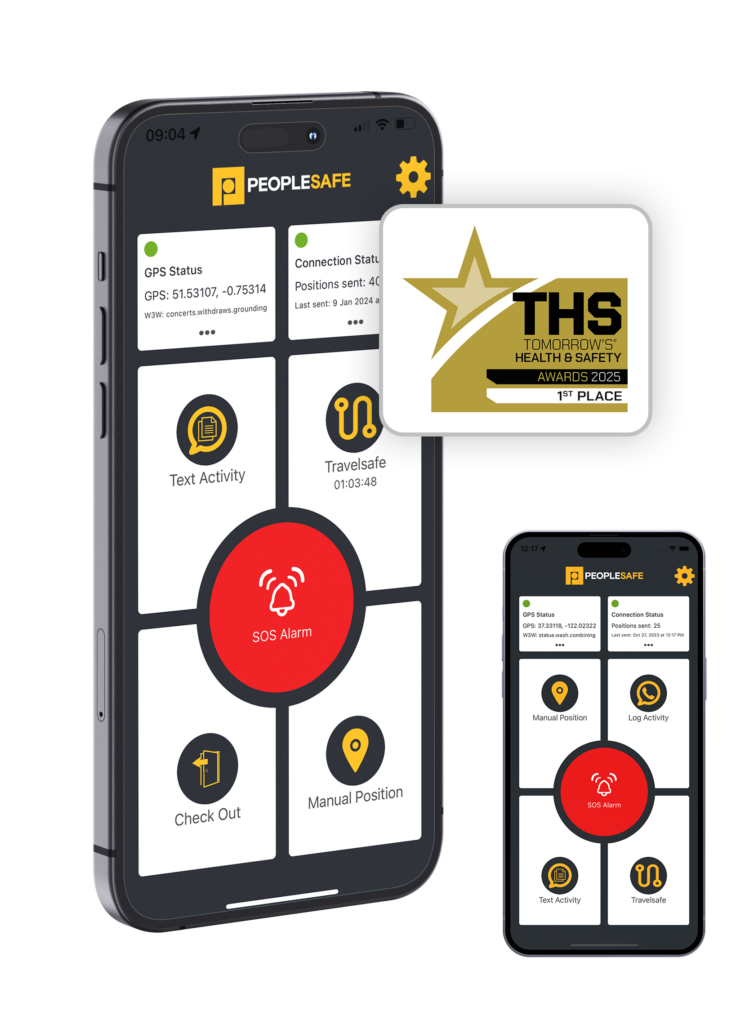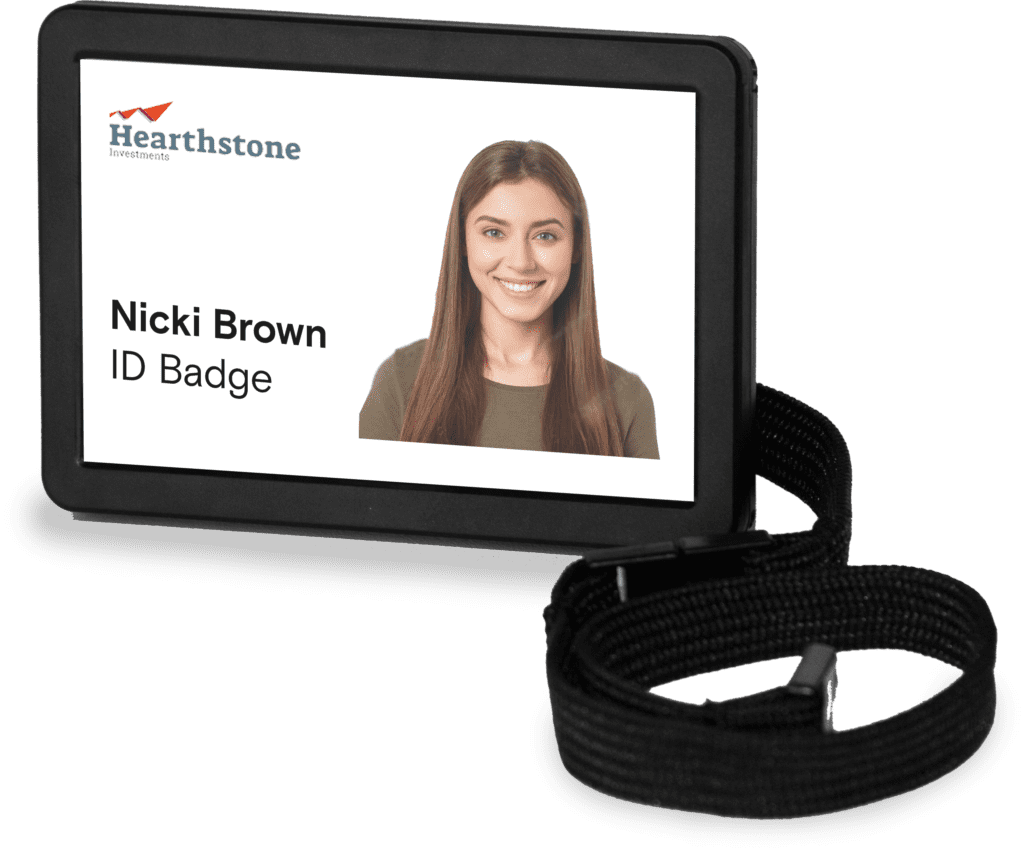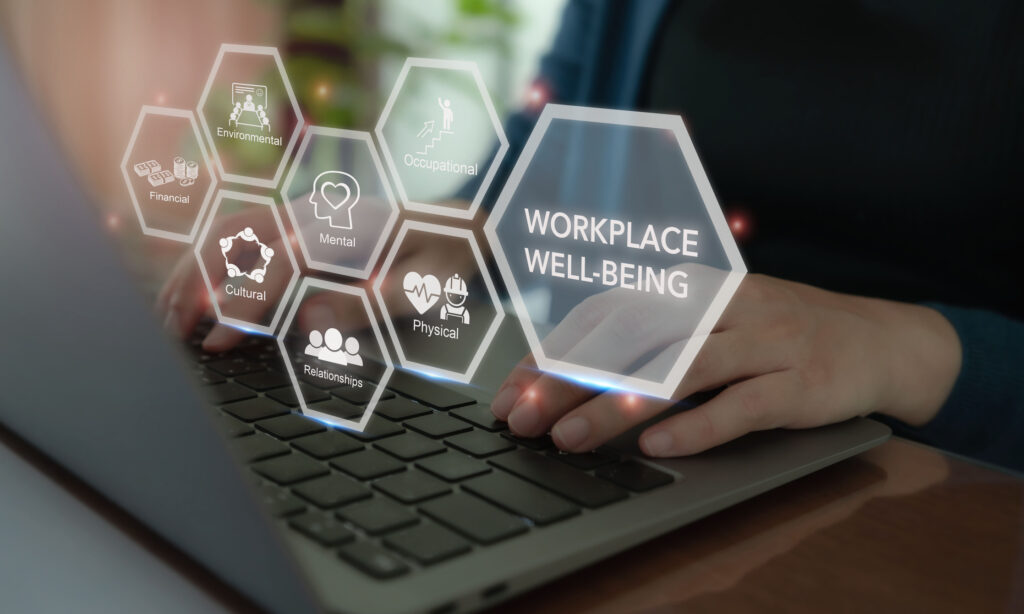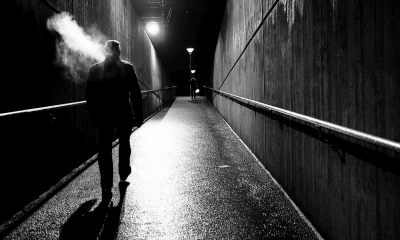Gig Worker Safety: Navigating the Risks of the Gig Economy
In 2019, research found that 10% of working-age adults had worked as a part of the gig economy for at least one week, most commonly through platforms such as Uber, Upwork or Deliveroo.
Since then, this number has grown to 17%, with an estimated 1.7 million gig workers in the UK. These roles span delivery drivers, couriers, cleaners, nannies, warehouse workers and security guards.
Naturally, as the demand for flexible services continues to rise, the gig economy is expected to keep expanding.
What is the Gig Economy?
The gig economy is a free-market system where workers operate on zero-hours contracts and perform short term, flexible work, by selecting each ‘gig’ they want to complete as they go. This type of work is becoming increasingly popular, particularly with younger workers and those seeking additional income alongside full-time employment.
While this model offers flexibility and autonomy, it also creates significant risks due to the lack of employment protections in place. Many gig workers face low pay and inconsistent work, with 52% earning less than minimum wage and 60% struggling to secure enough work.
There are also complications when it comes to the lack of consistent health and safety measures available for gig workers. As Laura McLellan, a partner in the employment team at legal and professional services firm Knights, says, “Everyone is entitled to a safe environment, but the nature of gig work means workers might be slipping through health and safety cracks.”
But, the reality is that organisations have a duty of care whether a worker is full-time, part-time, or gig-based. Failing to provide safe working conditions could lead to issues with legislation, recruitment and reputational damage.
Health Risks for Gig Economy Workers
Gig economy workers are classified as independent contractors, which means they don’t receive the same employment benefits as full-time employees, such as sick pay and holiday pay.
In fact, a survey conducted by IOSH showed that two-thirds of the gig workers they interviewed were working without sick pay and half said this meant they had to work when they were sick.
The COVID-19 pandemic highlighted the dangers of this, as working in close contact with the public while unwell can contribute to the spread of infectious diseases. While the pandemic was an extreme case, it highlights a crucial issue: no one should be forced to work when ill simply because they cannot afford to take time off. This situation can lead to larger problems in the long term, both for the individual and the public.
The nature of gig work also has a significant impact on mental health. Tea Jarc, Confederal Secretary at the European Trade Union Confederation (ETUC) said, “Research shows gig working has a greater impact on people’s wellbeing than not having a job at all because it’s precarious, it’s isolating, and lack of regular pay prevents people planning their lives”.
With no guaranteed income, gig workers experience stress and anxiety over their ability to cover basic living costs. On top of these challenges, there are ongoing concerns about the safety of gig workers as they carry out their daily tasks.
Safety Risks for Gig Economy Workers
Studies highlight alarming safety risks for gig workers, particularly those in delivery and ride-hailing roles.
In a study by the UCL Centre for Transport Studies on over 200 taxi drivers and parcel and food couriers working in the gig economy:
- 42% said they had damaged their vehicles in a collision at work,
- 47% said that they would break the speed limit to meet time pressures,
- 30% had driven through a red light, and,
- 16% reported struggling to stay awake at the wheel.
The pressure to complete more gigs to maximise earnings leads many to take risks. Workers often feel compelled to take more jobs, especially in under-serviced areas, pushing them to race between deliveries and make risky decisions just to earn a liveable income.
This business model, which prioritises efficiency over safety, effectively shifts responsibility onto workers without giving them the tools or protections to navigate these risks safely. Many gig workers are given no training or guidelines on safe working hours. Instead, they are expected to work immediately, with little consideration for their welfare or safe working hours.
In an interview with IOSH Magazine, one courier, Joe, who has worked in London for four years, recalls: “You’re given no training, no guidelines about taking breaks or working excessive hours. It’s basically: “Can you ride a bike?”, then it’s straight out to work.”
But it’s clear these risks don’t just affect workers, they can affect the public too. Tired, overworked drivers are more likely to cause accidents, while rushed couriers may cut corners on safety.
Delivery drivers have also become a target for thieves with many being attacked for the money they carry or even their vehicles, especially when working alone during unsociable hours. Despite these risks, many organisations fail to provide even basic protective measures, such as high-visibility clothing or access to low-cost personal safety technology.
Although the HSE’s guidance says gig workers have a ‘duty to take reasonable care for your own health and safety and that of other people affected by your actions at work’, some argue that employers in the gig economy are responsible for creating conditions where accidents and injuries are inevitable.
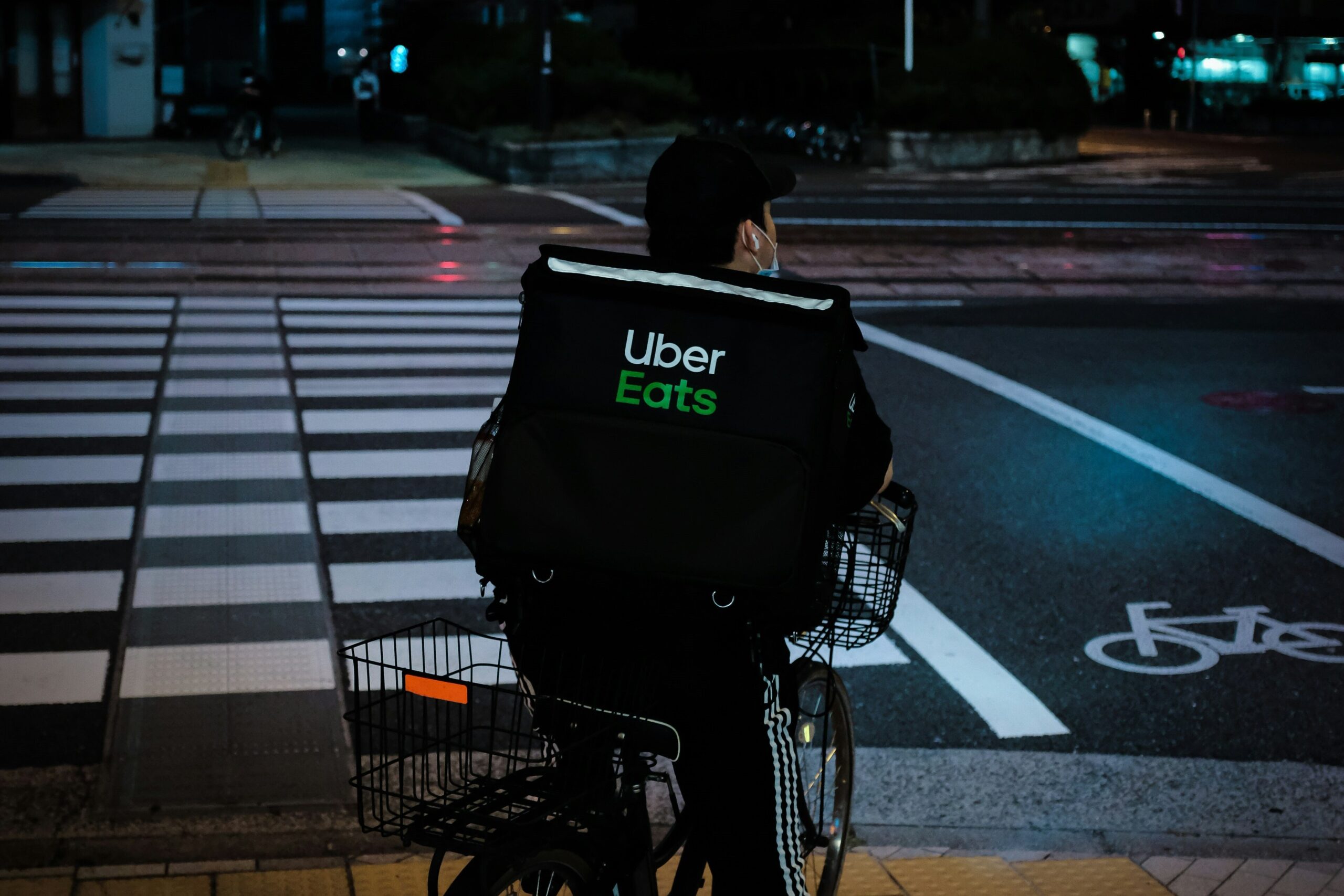
The Gap in Legal Protections for Gig Workers
Despite the growing awareness of the risks faced by gig workers, many employers still fail to implement adequate safety due to the ‘self-employed’ status of these workers. This classification often leaves them outside the scope of health and safety policies that are typically applied to full-time employees.
The confusion in employment law adds to this problem. In 2021, the Supreme Court ruled that Uber drivers are entitled to employment rights, a significant step towards ensuring gig workers receive essential protections. However, in a 2023 ruling, Deliveroo riders were confirmed to remain self-employed. This inconsistency leaves gig workers without clear and consistent protections, highlighting the urgent need for new legal frameworks that ensure gig workers are protected.
Ruth Wilkinson, IOSH head of policy and public affairs, commented on this issue, saying, “We call on all governments to secure the right to a minimum wage, collective bargaining, working time and health protection.”
Employer Responsibility for Gig Worker Safety
While the question of who is ultimately responsible for the safety of gig workers can be unclear, employers have a duty of care towards all those working for them, regardless of how they are employed or hired.
According to the Health and Safety Executive (HSE), “The end user business must ensure the safety of all employees, including gig, agency, or temporary workers, and anyone whose safety might be affected by their work.”
Gary Latta, IOSH vice-president, stresses the importance of employers taking action to safeguard gig workers, saying, “There is absolutely a need for employers to look at how to better care for these workers”. He added, “Even at the most basic level, better protective clothing, such as padded and warmer wear, would help.”
To meet these needs, employers should prioritise safety by implementing structured training programs, providing appropriate safety equipment, and implementing simple personal safety technology. These measures can significantly reduce the likelihood and severity of accidents and injuries by ensuring that workers are properly prepared and are able to access emergency help should they need it.

Protect Gig Workers With Peoplesafe
Employers looking to improve the safety of gig economy workers can enhance their protection with personal safety technology like the Peoplesafe lone worker app, easily integrated into the smartphones gig workers are already using to manage their shifts.
Peoplesafe’s solutions offer a range of features designed to protect workers in various situations. For example, fall detection functionality gives the app the ability to detect sudden motion followed by non-movement, and automatically raises an alarm to the Peoplesafe Alarm Receiving Centre if a fall is detected. This feature provides an added layer of protection for lone workers, such as delivery drivers, at risk of injury.
For workers regularly travelling between locations, our Travelsafe feature allows users to set a timed alarm for their journey. If they haven’t reached their destination by the estimated time of arrival, an alarm is automatically activated, providing an added layer of security during every journey.
For iPhone users, the Crash Detection feature will automatically notify the Peoplesafe ARC if a collision occurs, ensuring help arrives in the fastest time possible.
When an alarm is raised, we have a team of dedicated Controllers who can coordinate the fastest possible response and will stay on the line until the alert has been resolved. This ensures that gig workers have instant access to emergency support, mitigating many of the risks they face daily.
If it’s safe to do so, the Controller will speak to the user and work with them to continually assess the situation. They will follow the pre-existing escalation procedure and where necessary, contact the relevant emergency services.
Furthermore, as a BS 8484:2022 accredited organisation, we have Unique Reference Numbers (URNs) for all UK police control rooms, which helps us to deliver a faster response in the event of an emergency.
Gig workers deserve a safe working environment, regardless of their employment status. If you want to ensure the safety of your workforce, contact Peoplesafe today at 0845 0360 999 or complete our contact form here.

